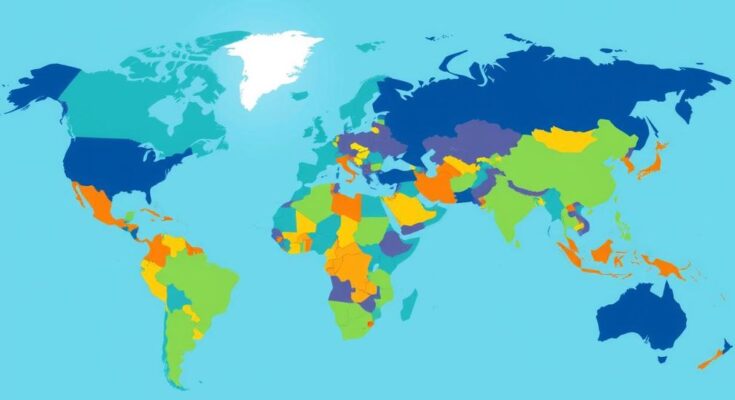Almost 40,000 individuals obtained New Zealand citizenship last year, marking a 67% increase among Pacific Islanders. South Africans now represent the third-largest group of overseas-born citizens, preceded by Indians and Britons. The data reflects changing immigration trends which are influenced by political conditions in the migrants’ home countries.
Recent immigration statistics indicate a notable increase in the number of new citizens in New Zealand, with almost 40,000 individuals acquiring citizenship last year. Notably, the number of Pacific Islanders becoming New Zealand citizens surged by 67%. South Africans have now surpassed Filipinos, becoming the third-largest group of overseas-born citizens in the country. In addition, Tonga has re-entered the top ten countries contributing new citizens, whereas Australians have fallen off that list.
Among the new citizens, over 700 Germans have gained citizenship following a change in their home country’s dual citizenship regulations. Conversely, Chinese nationals continue to face challenges as they must renounce their citizenship to become New Zealand citizens, contributing to lower numbers relative to their residency. For the second consecutive year, India has maintained its position as the primary source of new citizens, followed by Britain.
Demographer Professor Paul Spoonley highlighted that the significant increase in new citizens, especially when compared to previous years, is noteworthy. He explained that obtaining citizenship acts as both a commitment to a new homeland and a practical means to facilitate global movement through acquisition of a passport. Spoonley suggested that this trend will likely continue, particularly with ongoing political instability in South Africa and an established South African community in New Zealand.
Historically, from 1949 to 2014, Britain constituted over a quarter of overseas-born new citizens, followed by China and Samoa. However, by 2023, India has ascended to the second position. Additionally, Taiwan, with a population of only 23 million, has emerged as the tenth most common country for new citizens over the past 65 years, largely due to an influx of migrants during the 1990s.
In summary, New Zealand’s latest immigration data reveals a significant uptick in citizenship applications, particularly from Pacific Islanders and South Africans. As the landscape of immigration evolves, India remains the top source country, with various socio-political factors influencing migration patterns. This trend underscores New Zealand’s attractiveness as a destination for overseas nationals seeking citizenship.
Original Source: www.nzherald.co.nz




